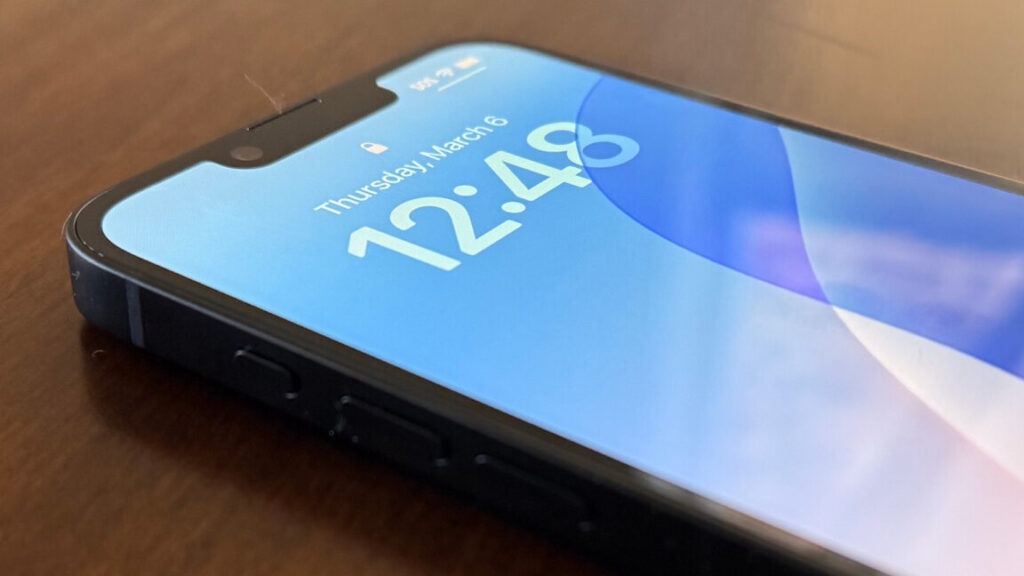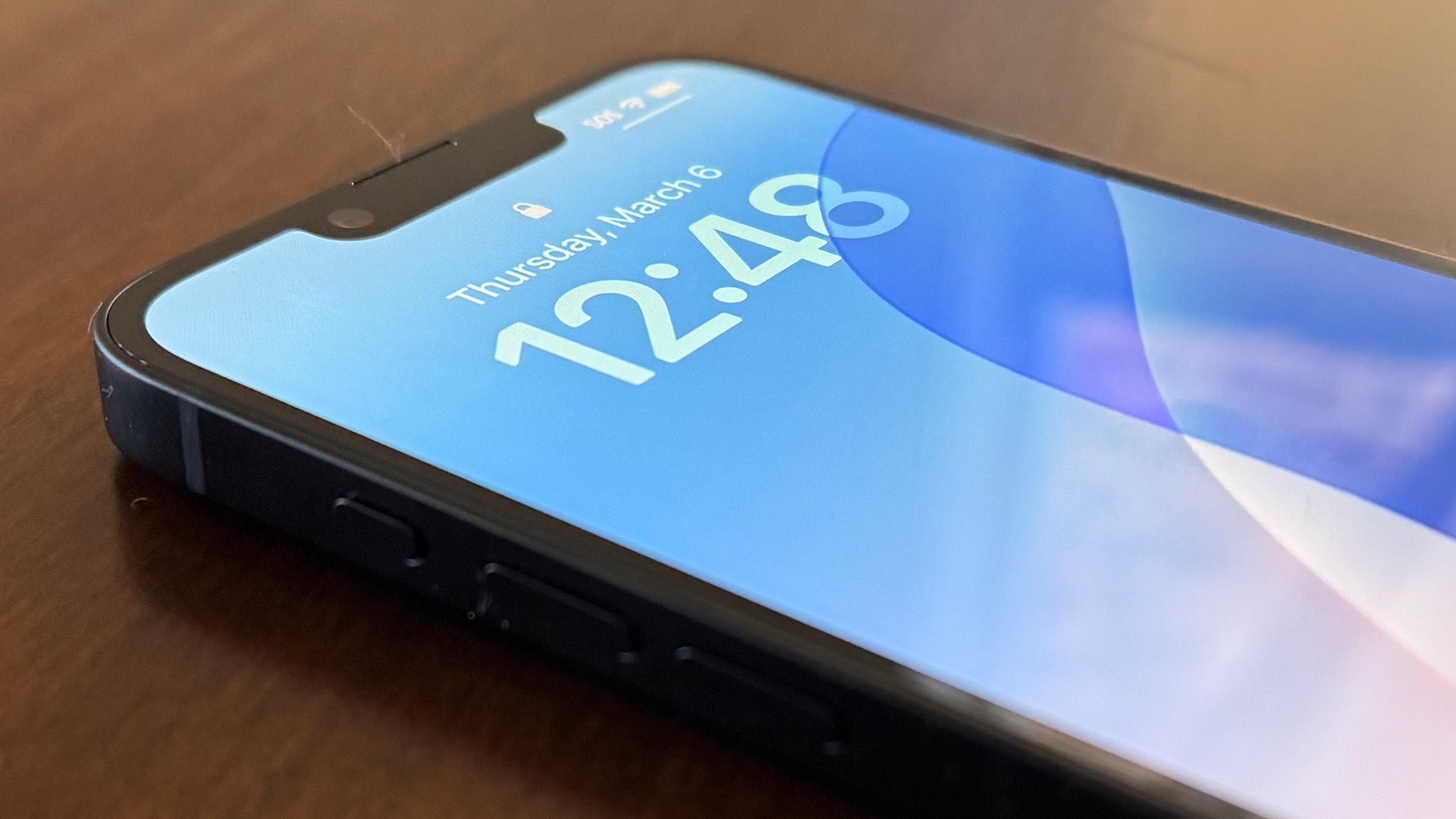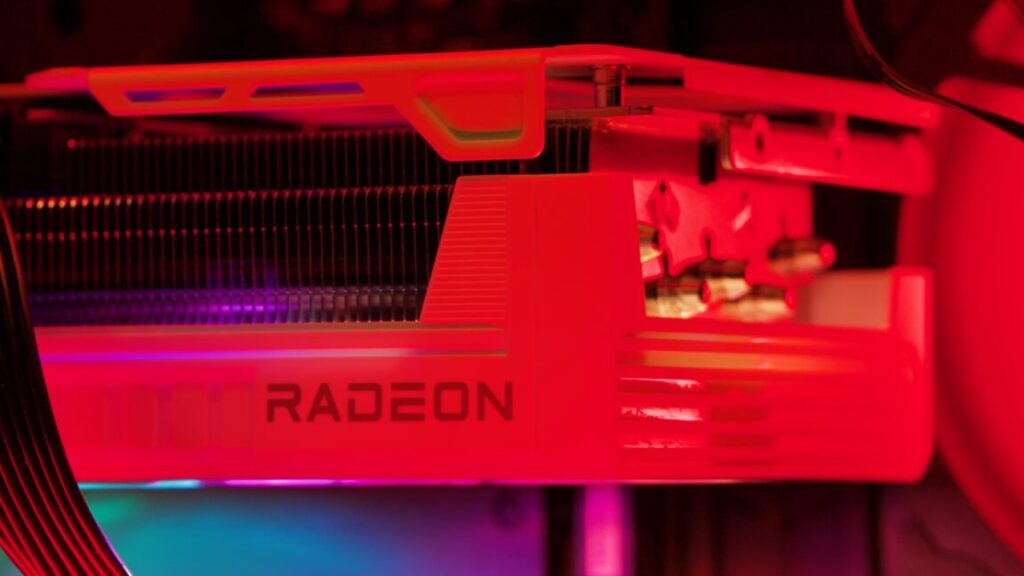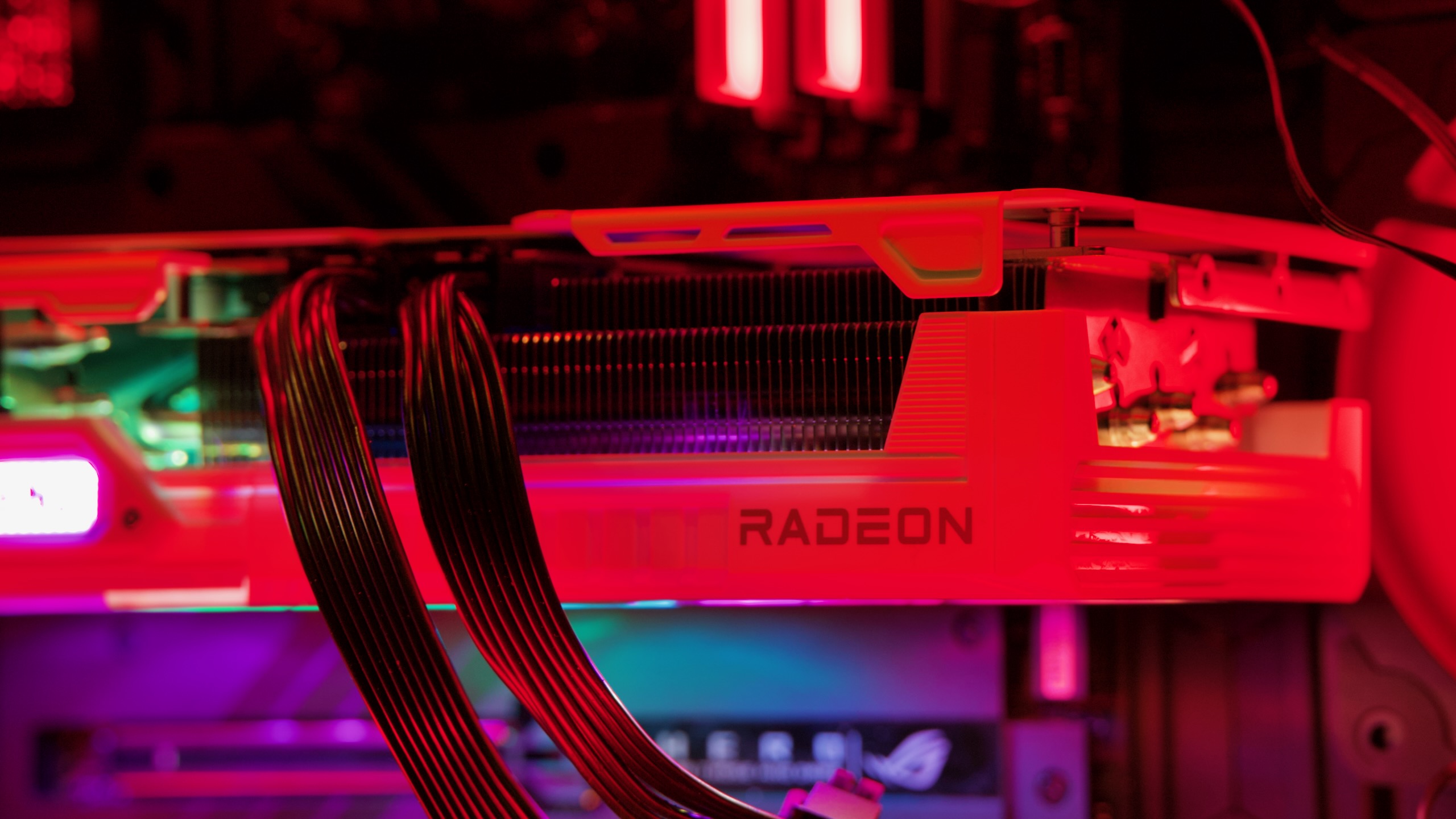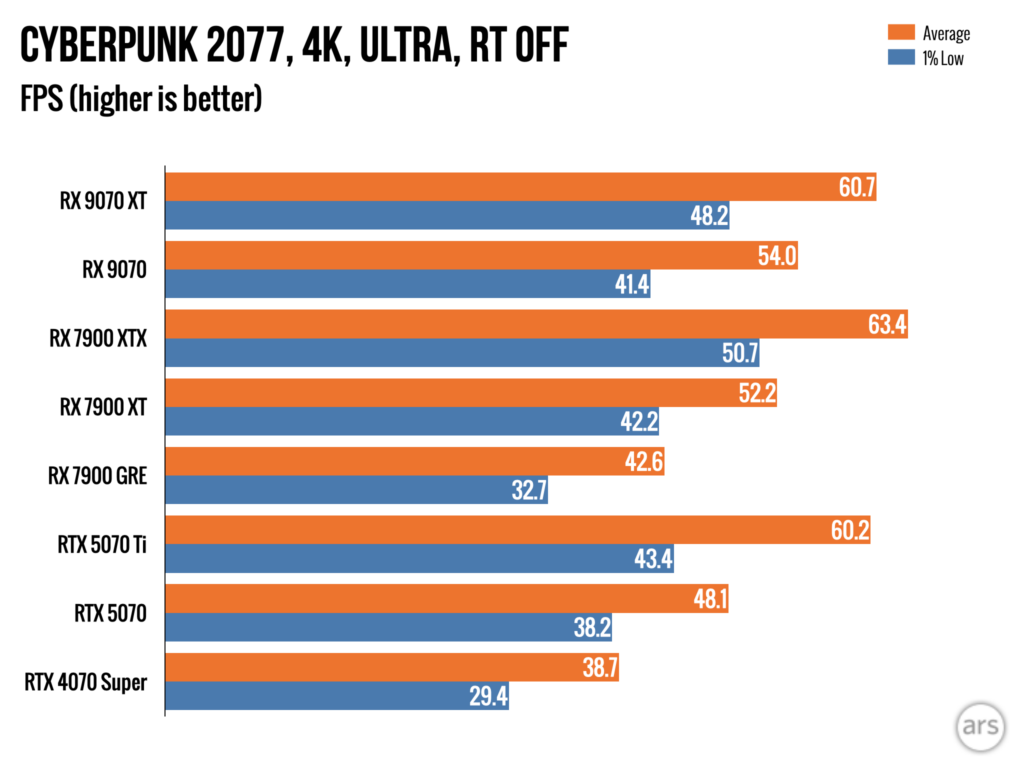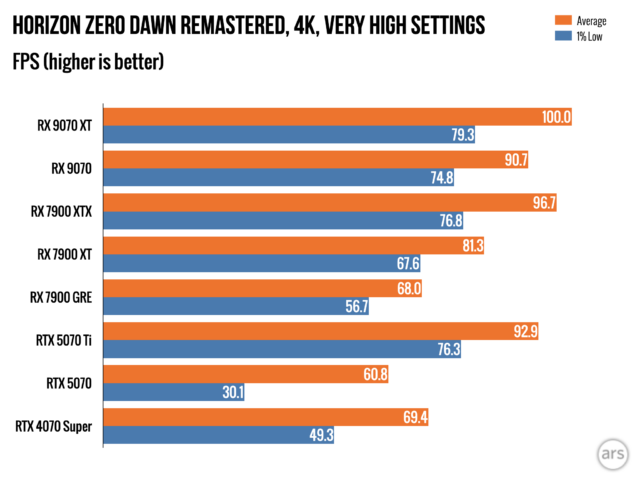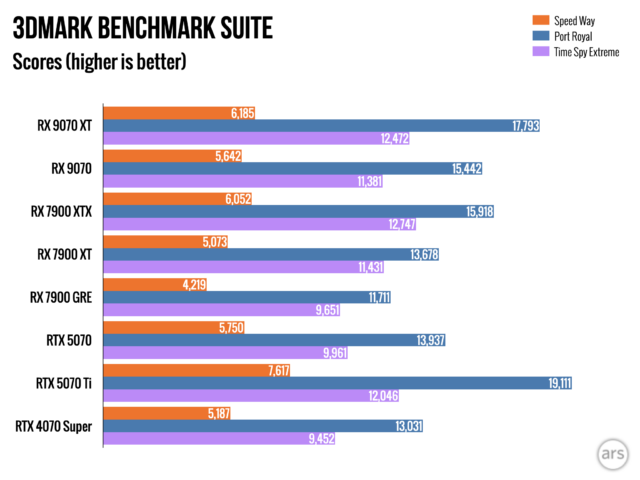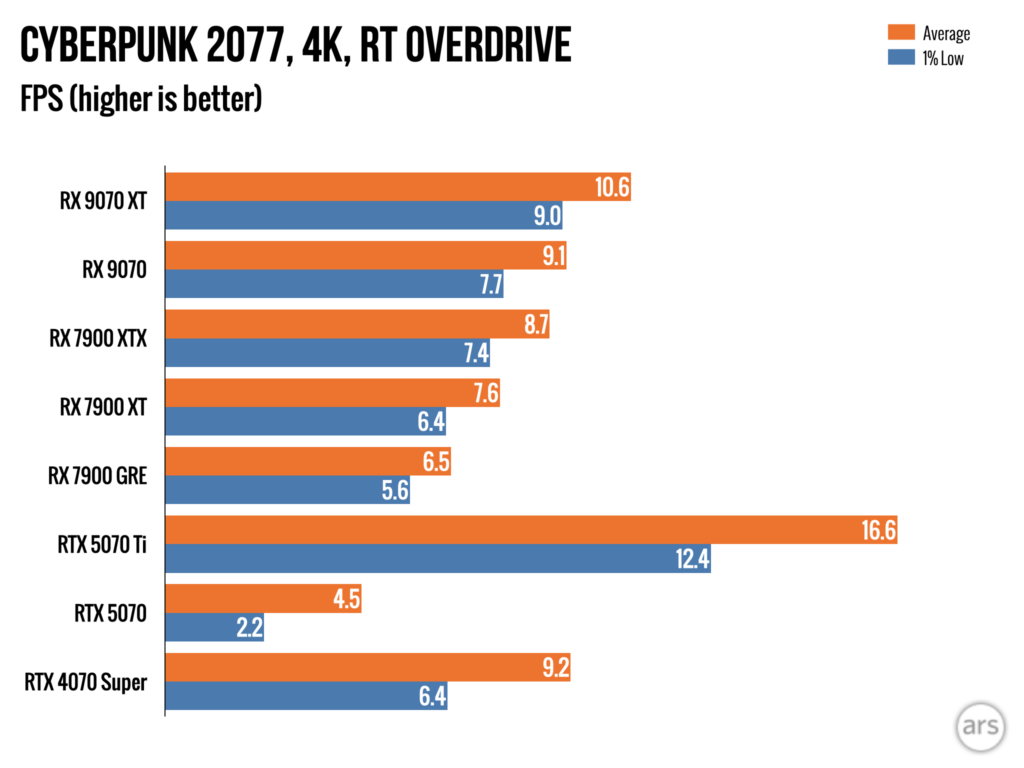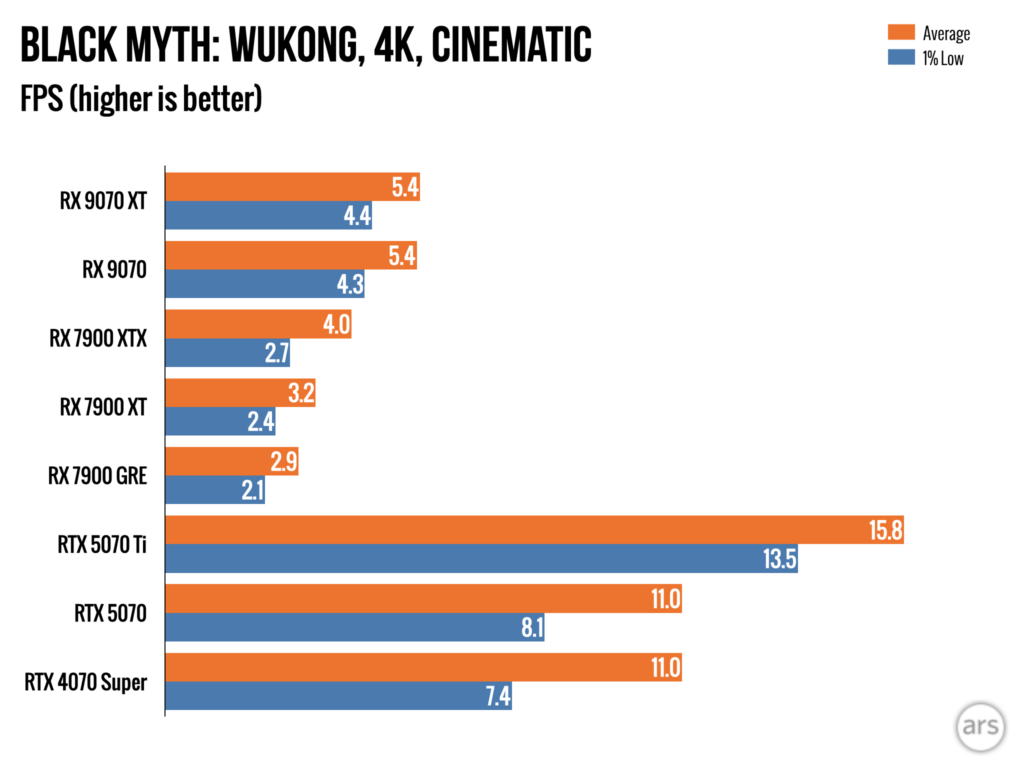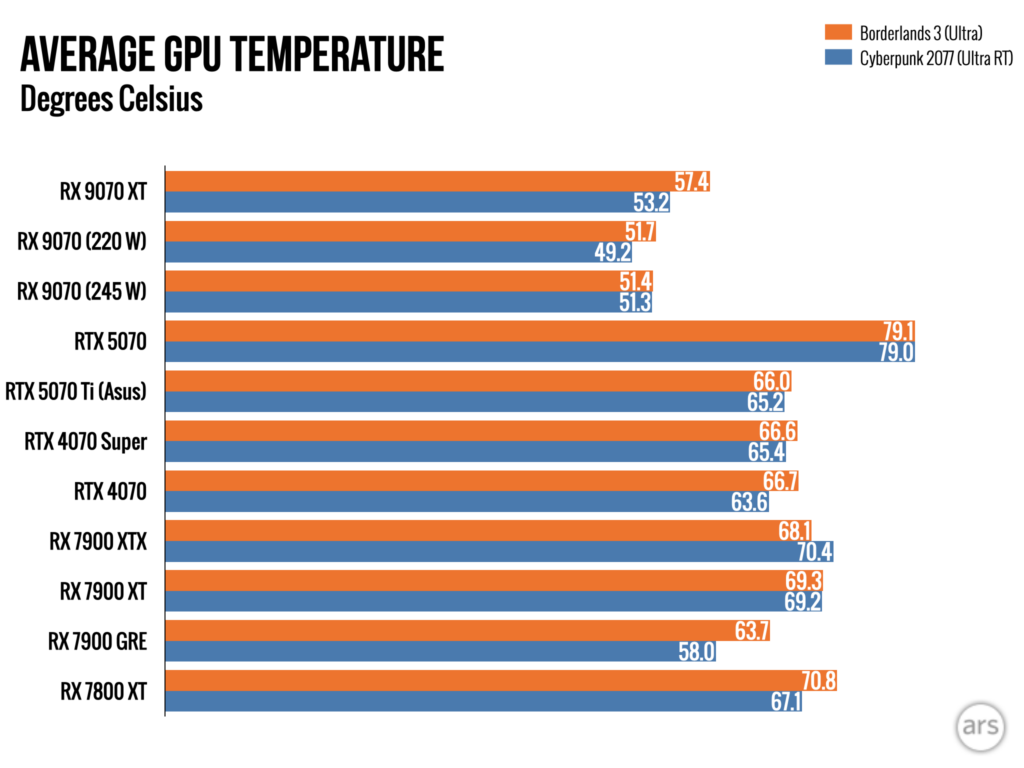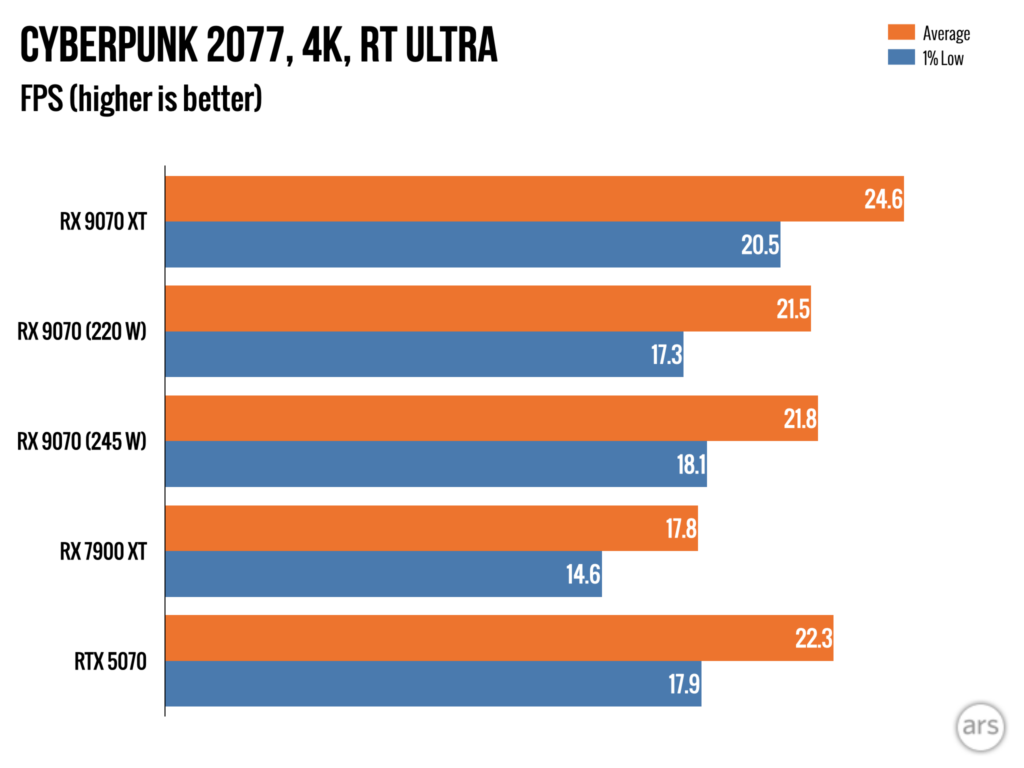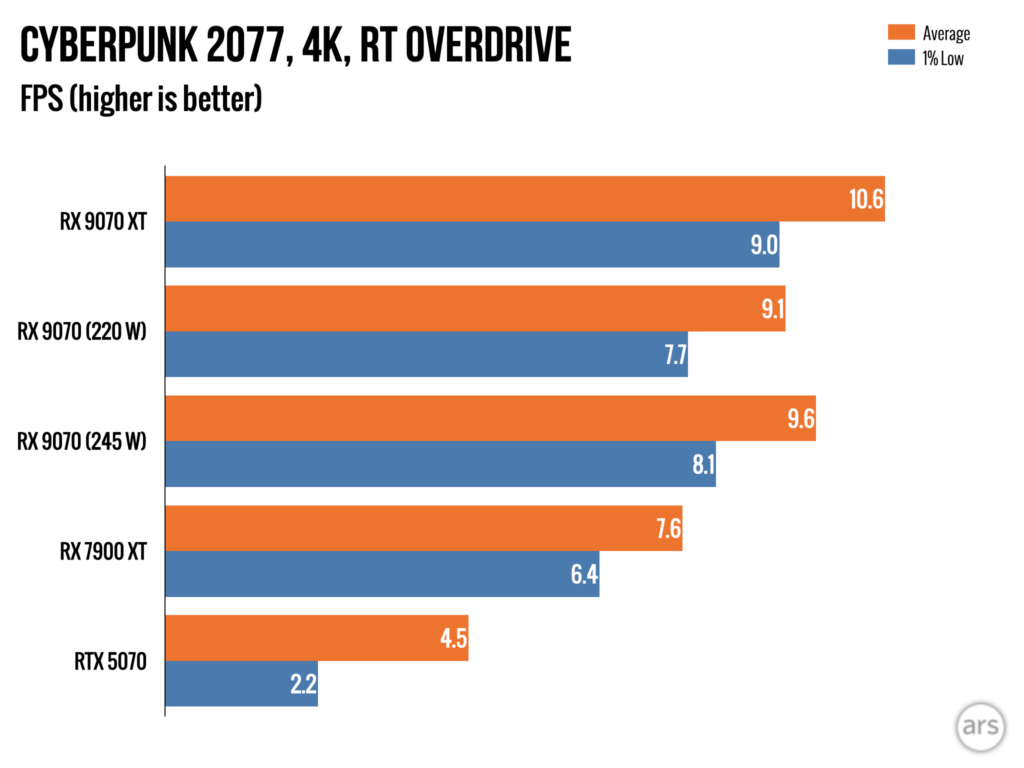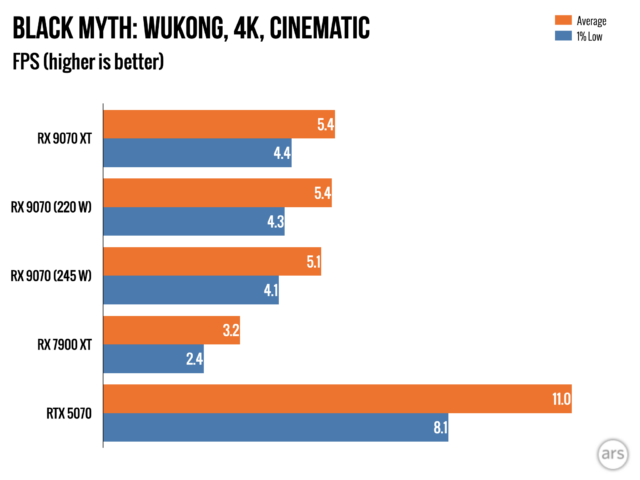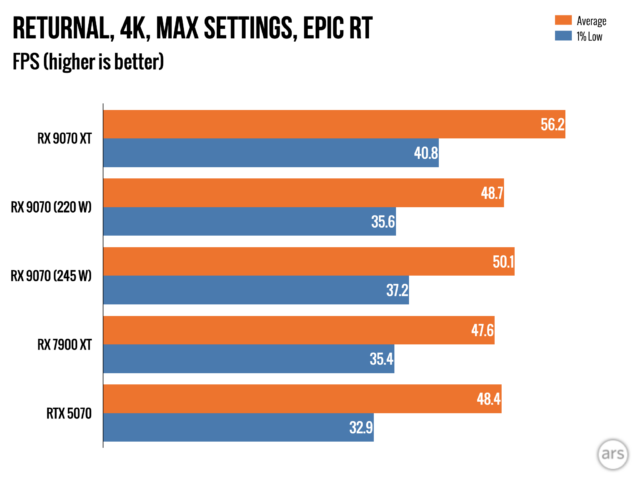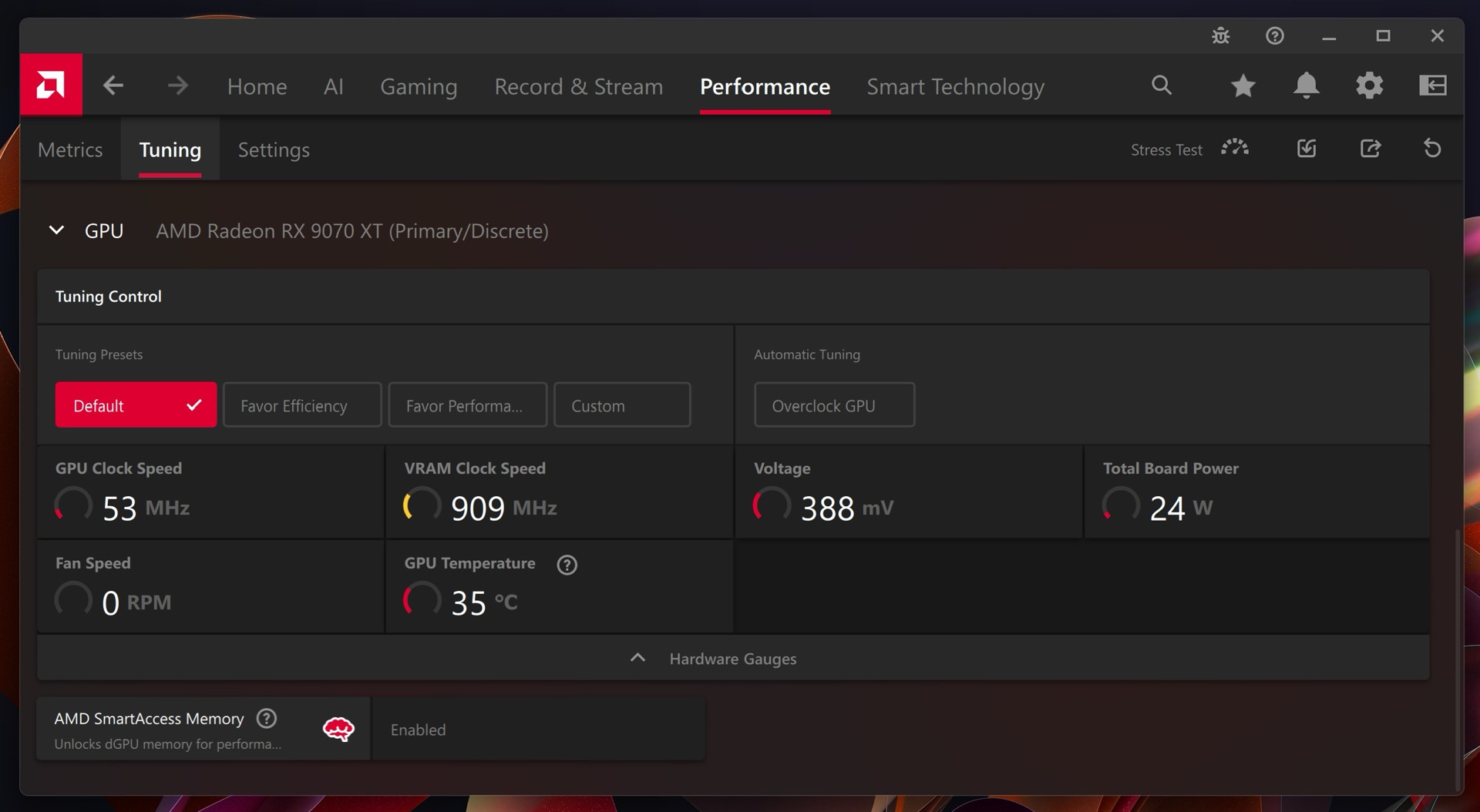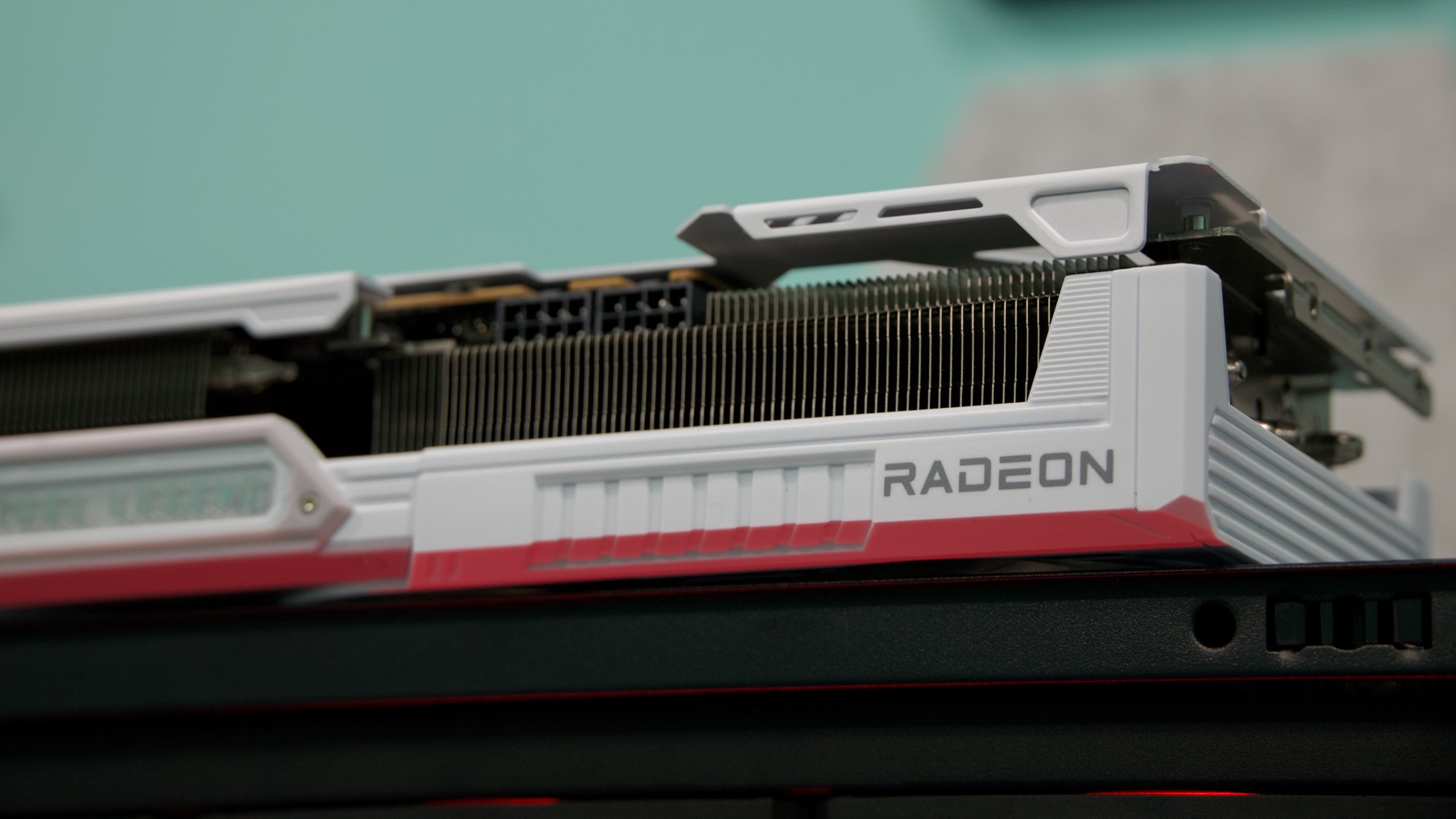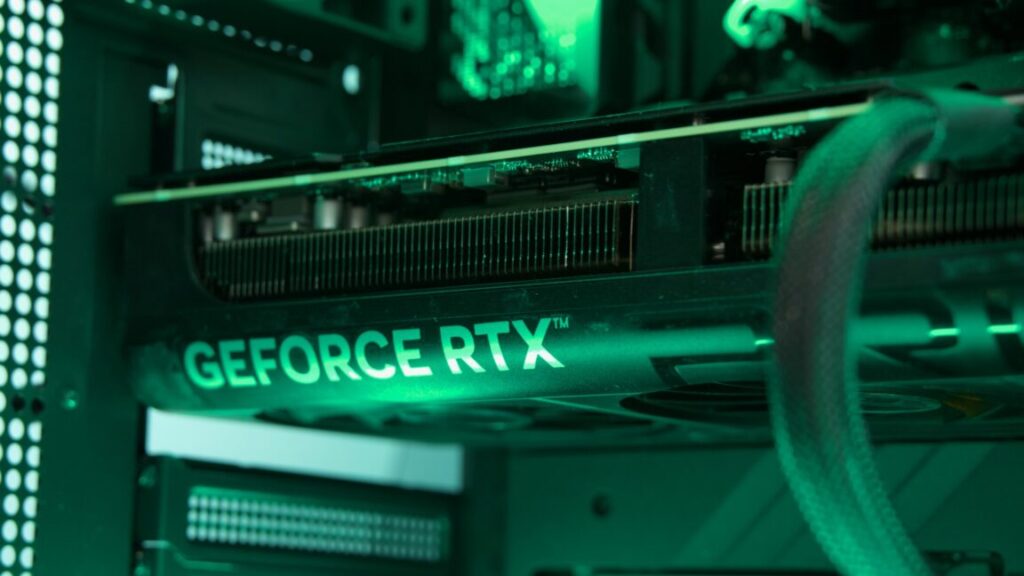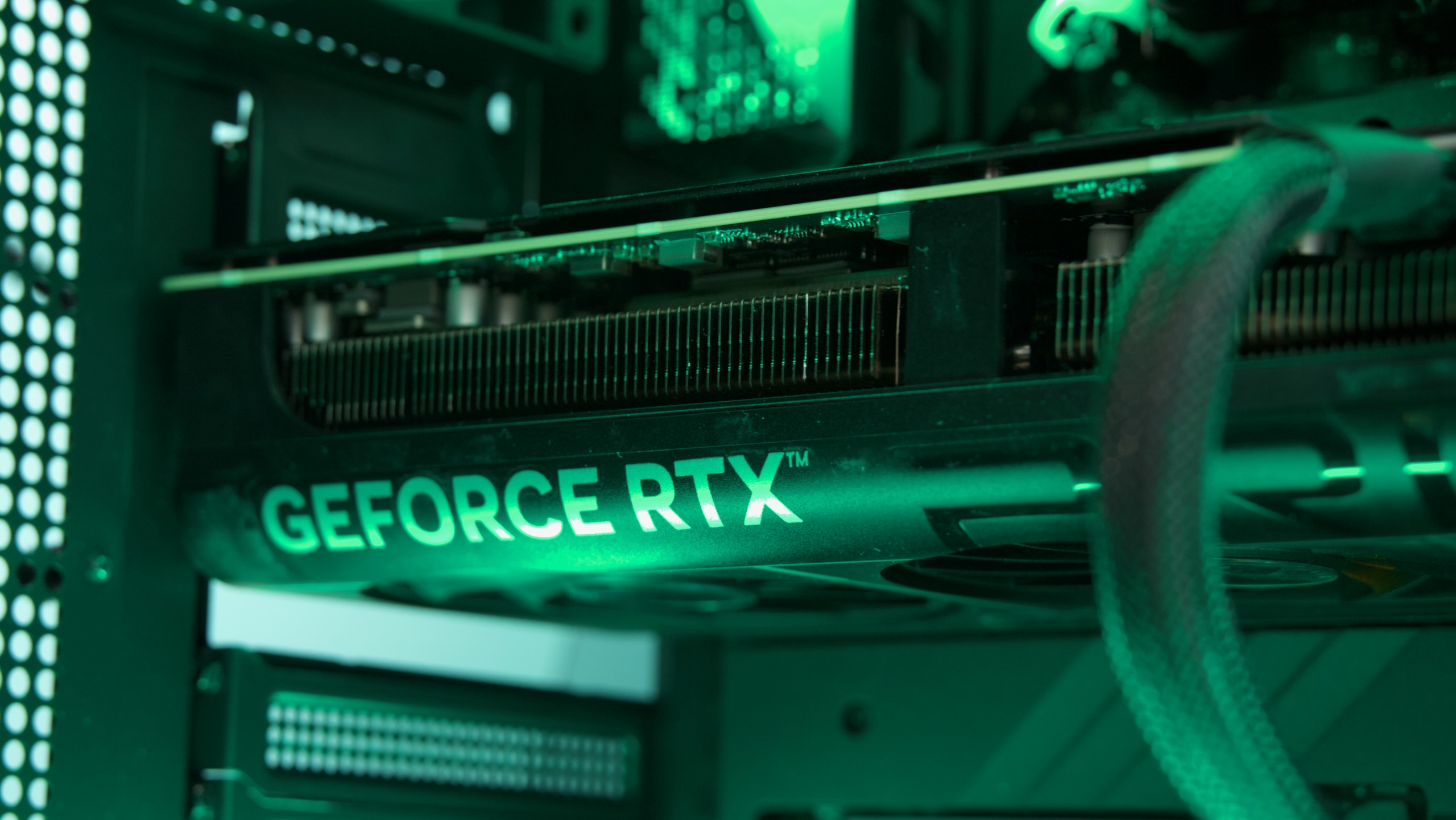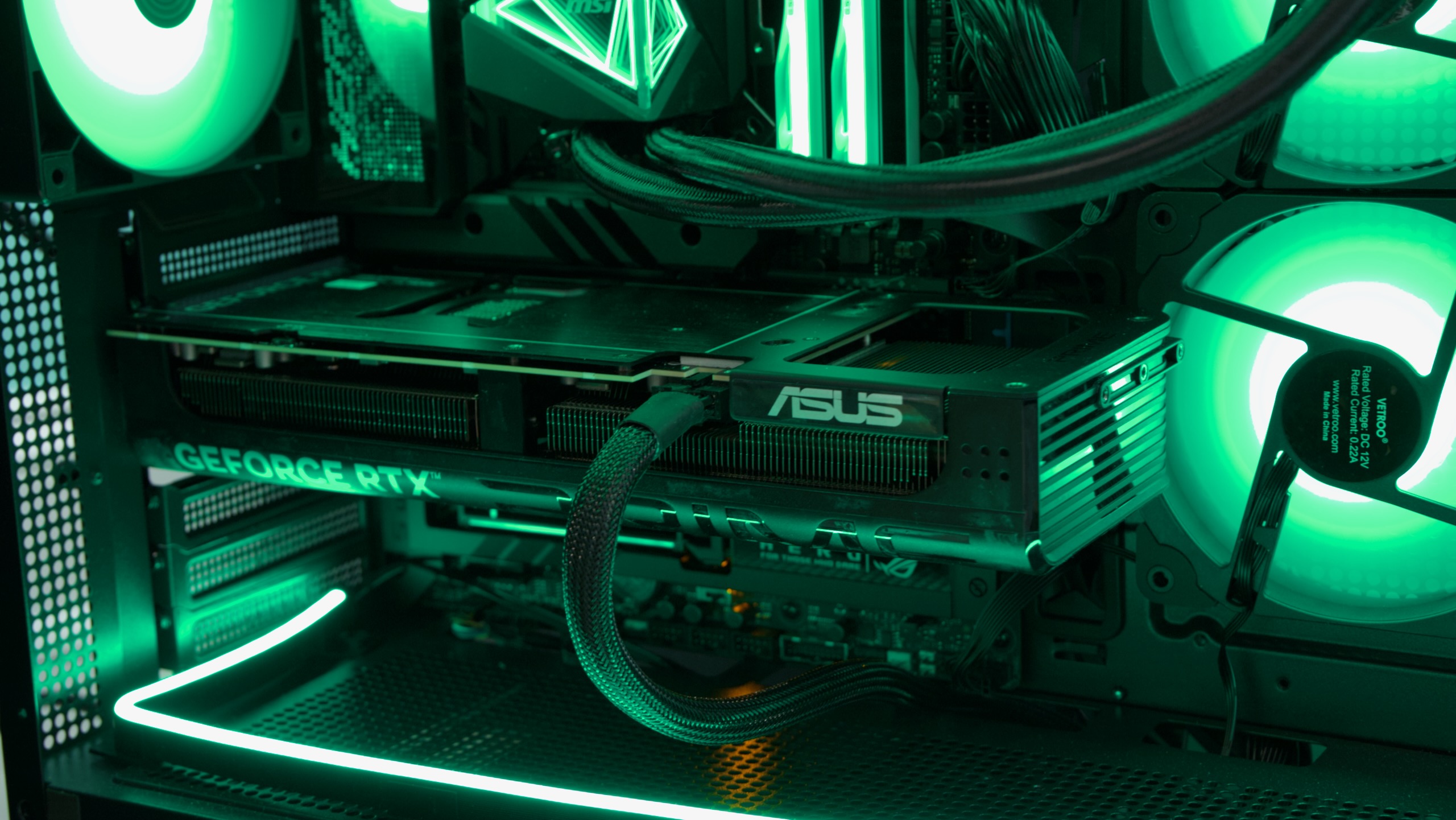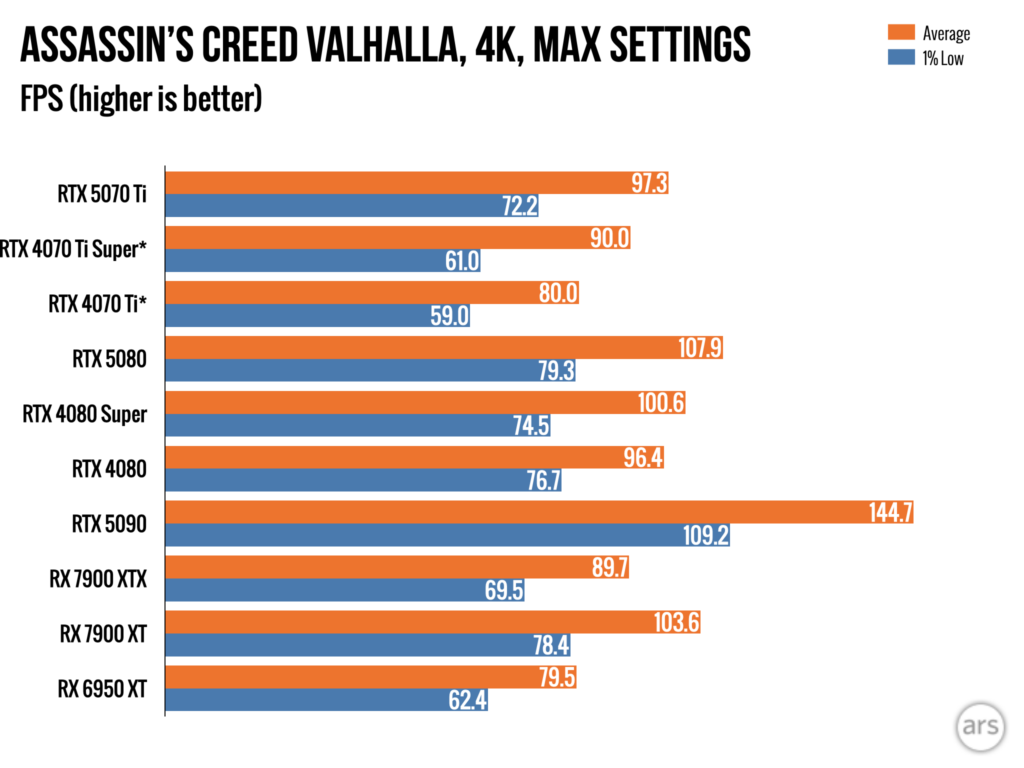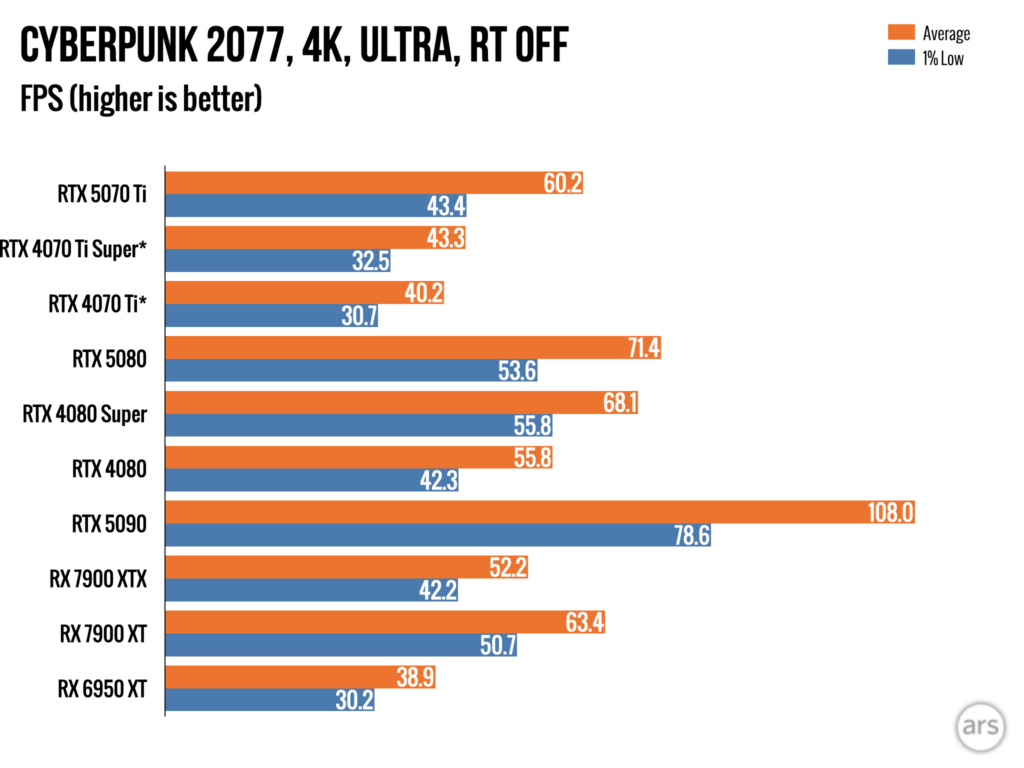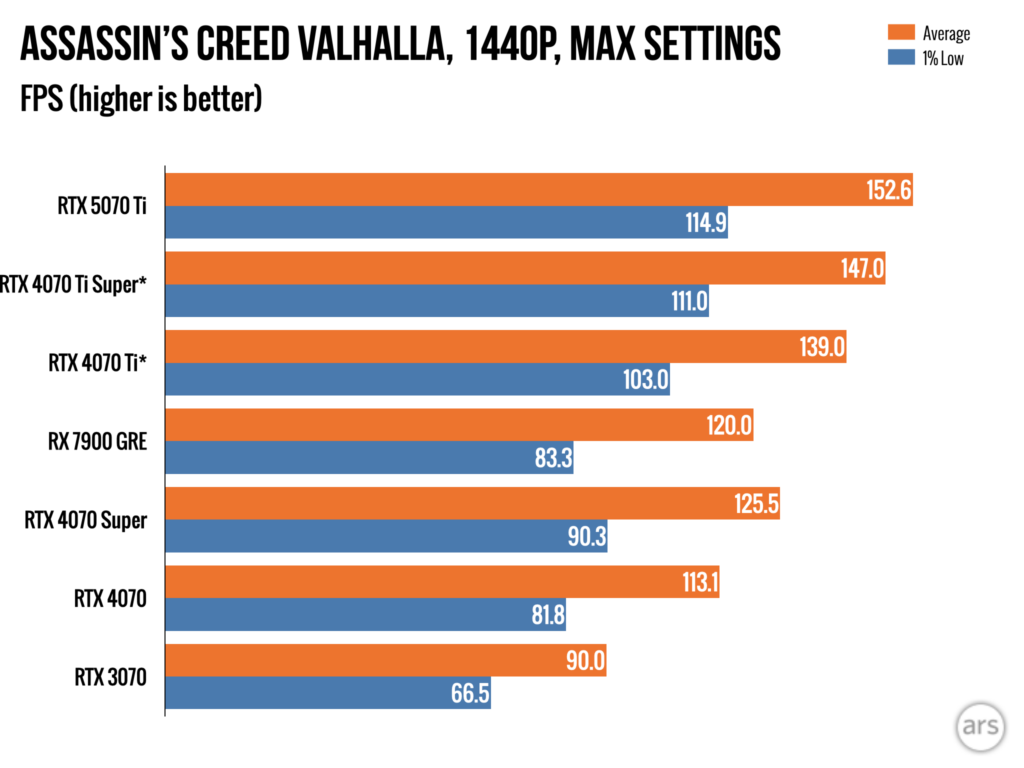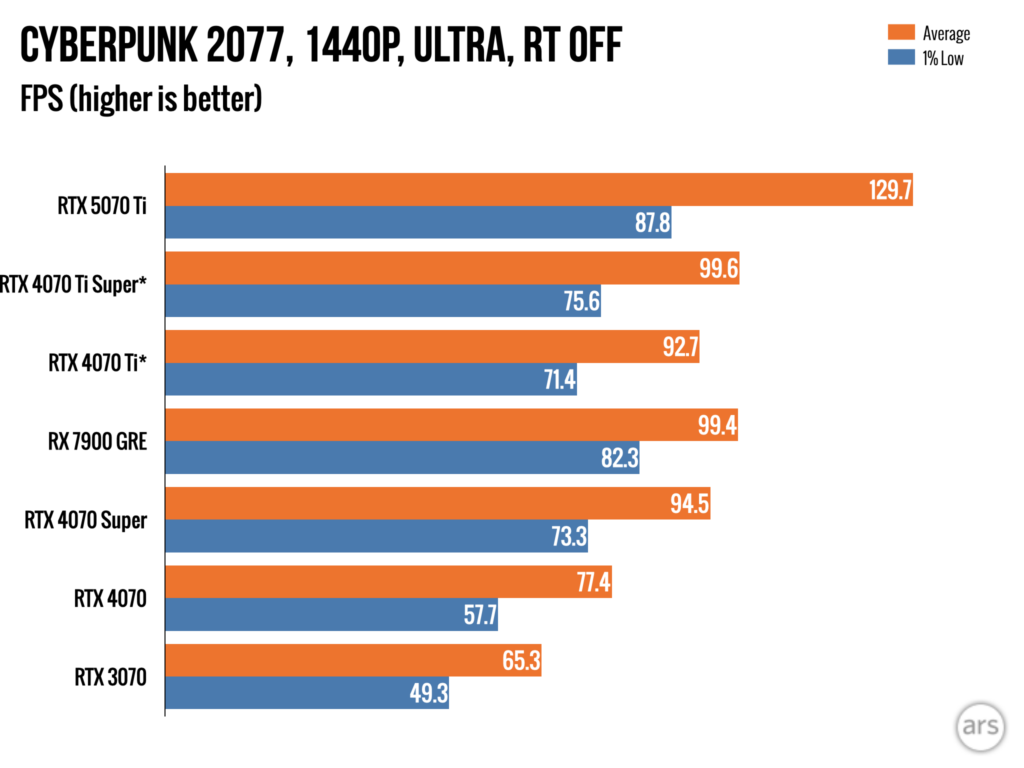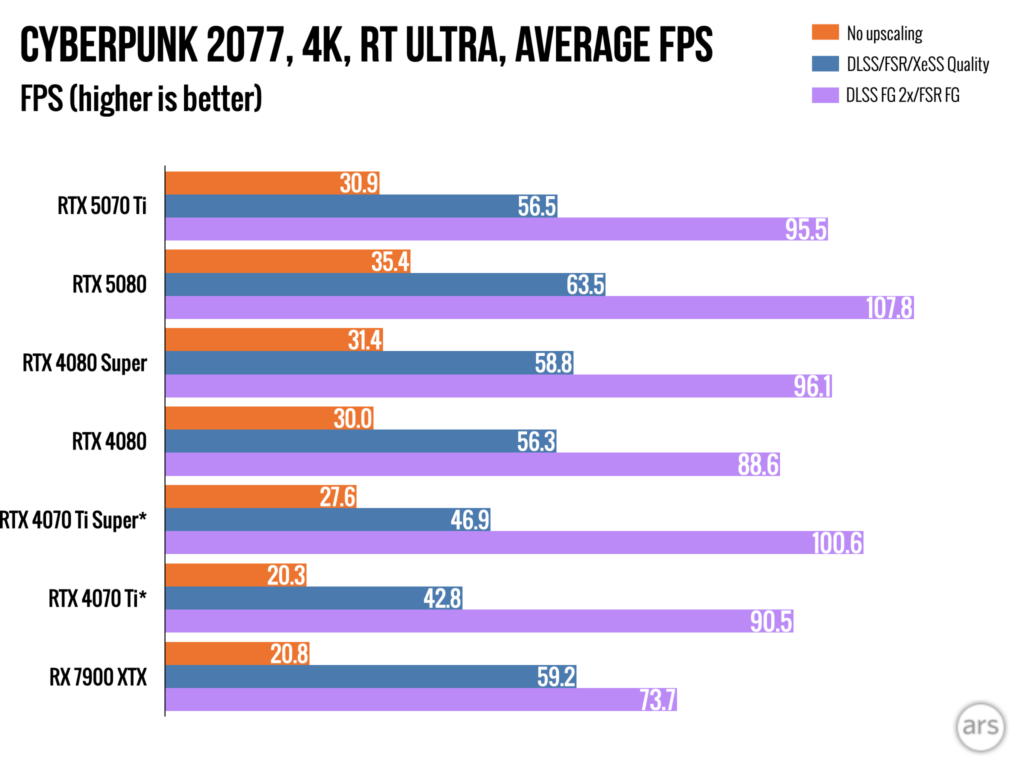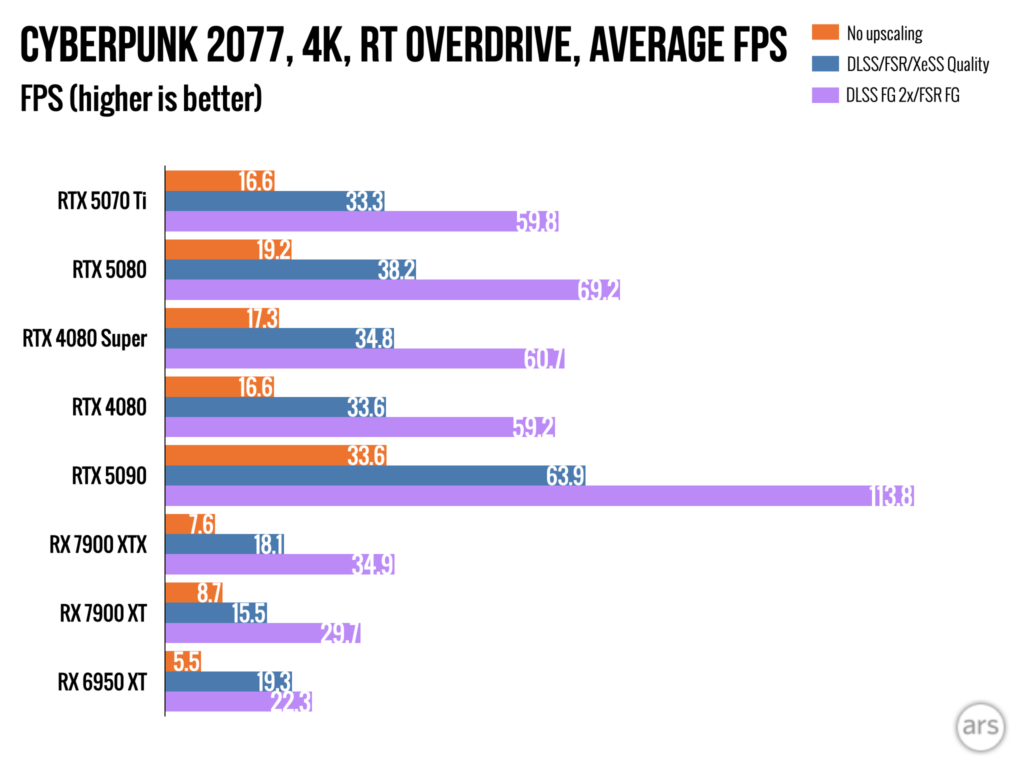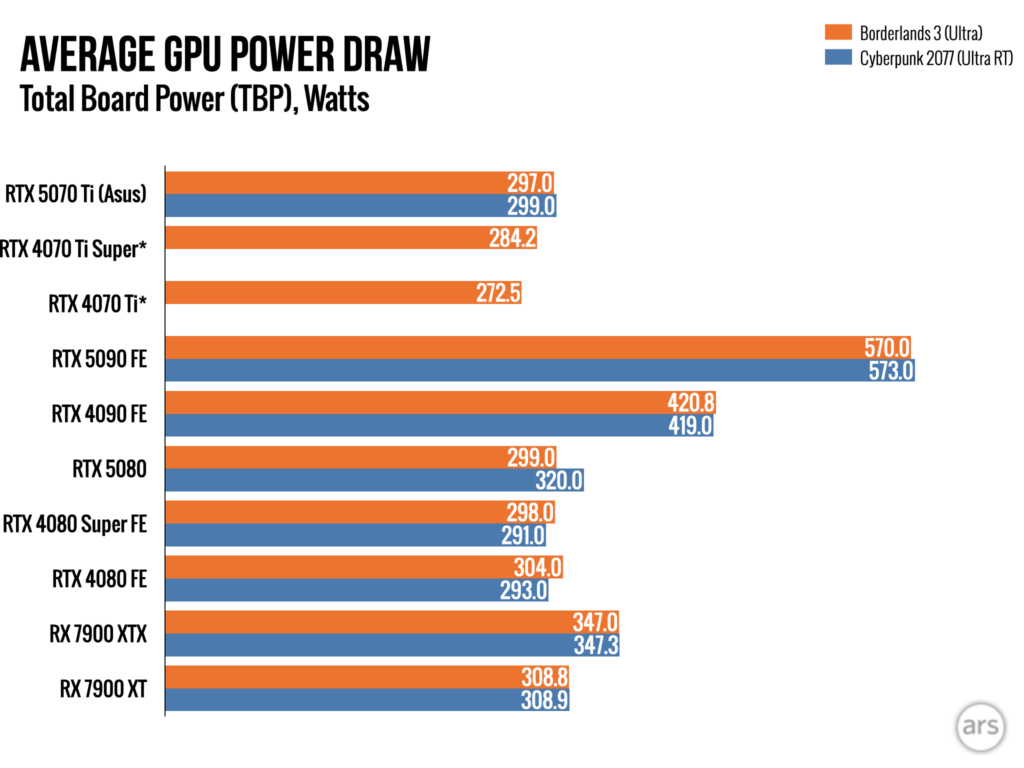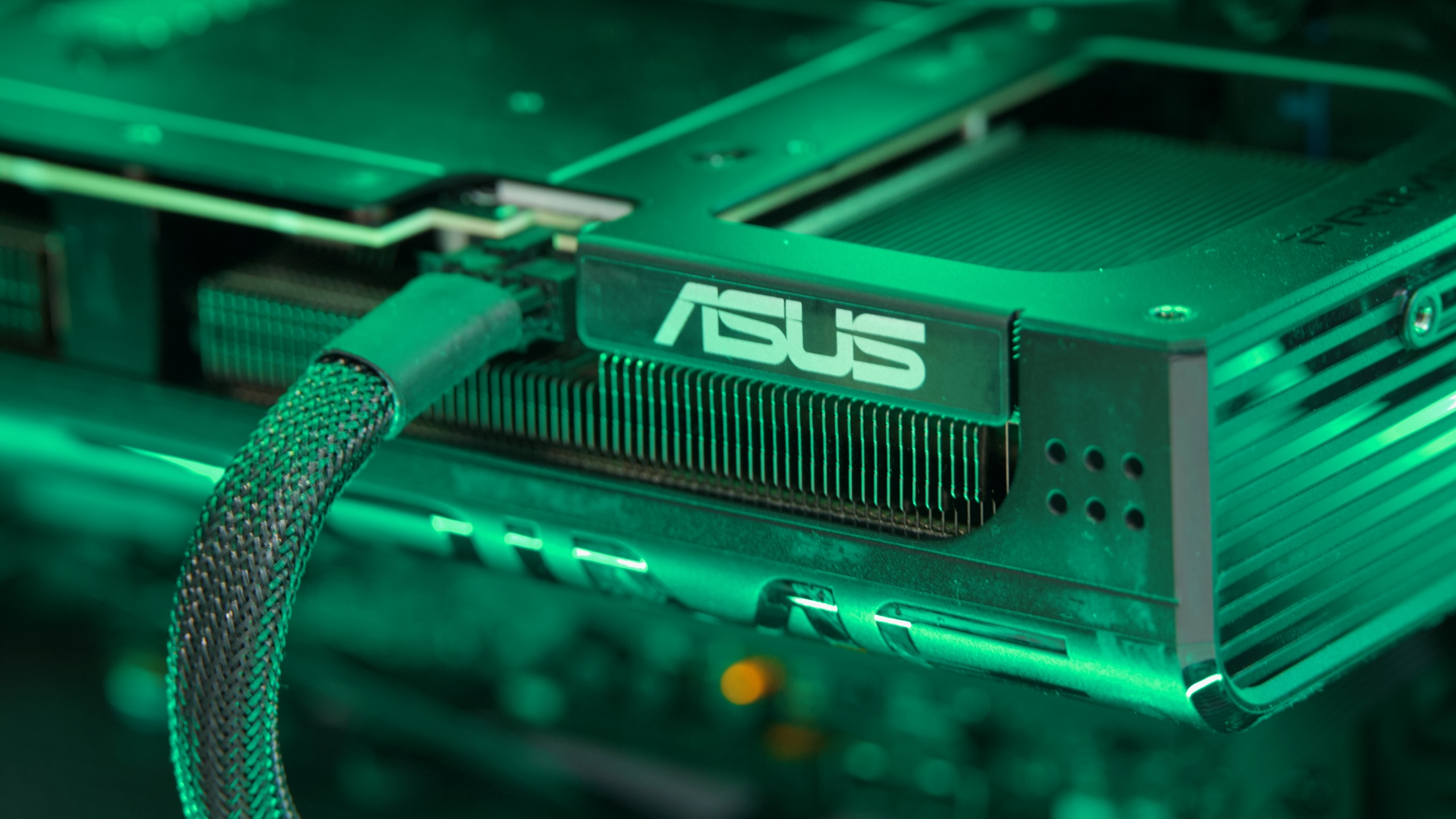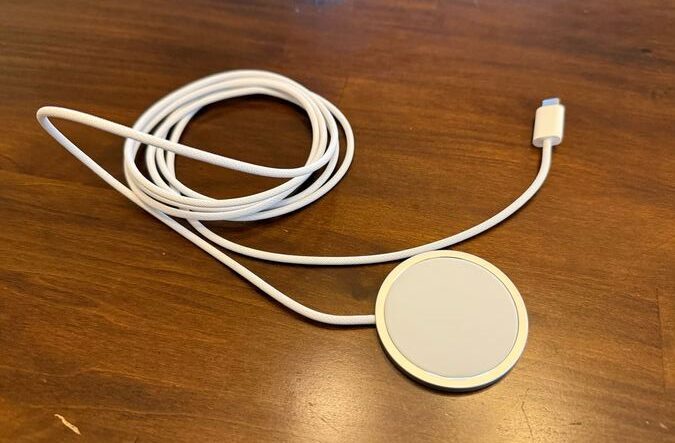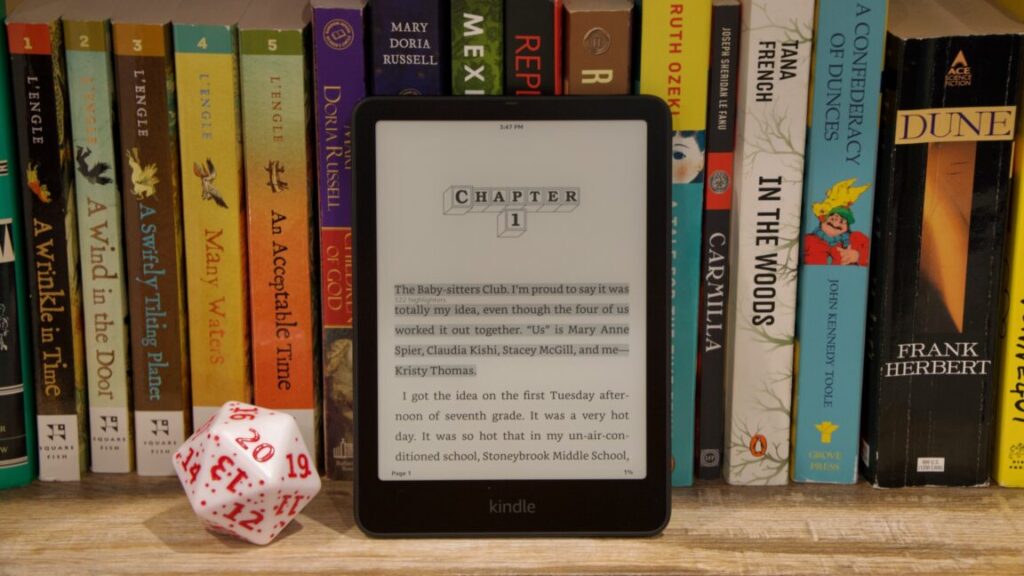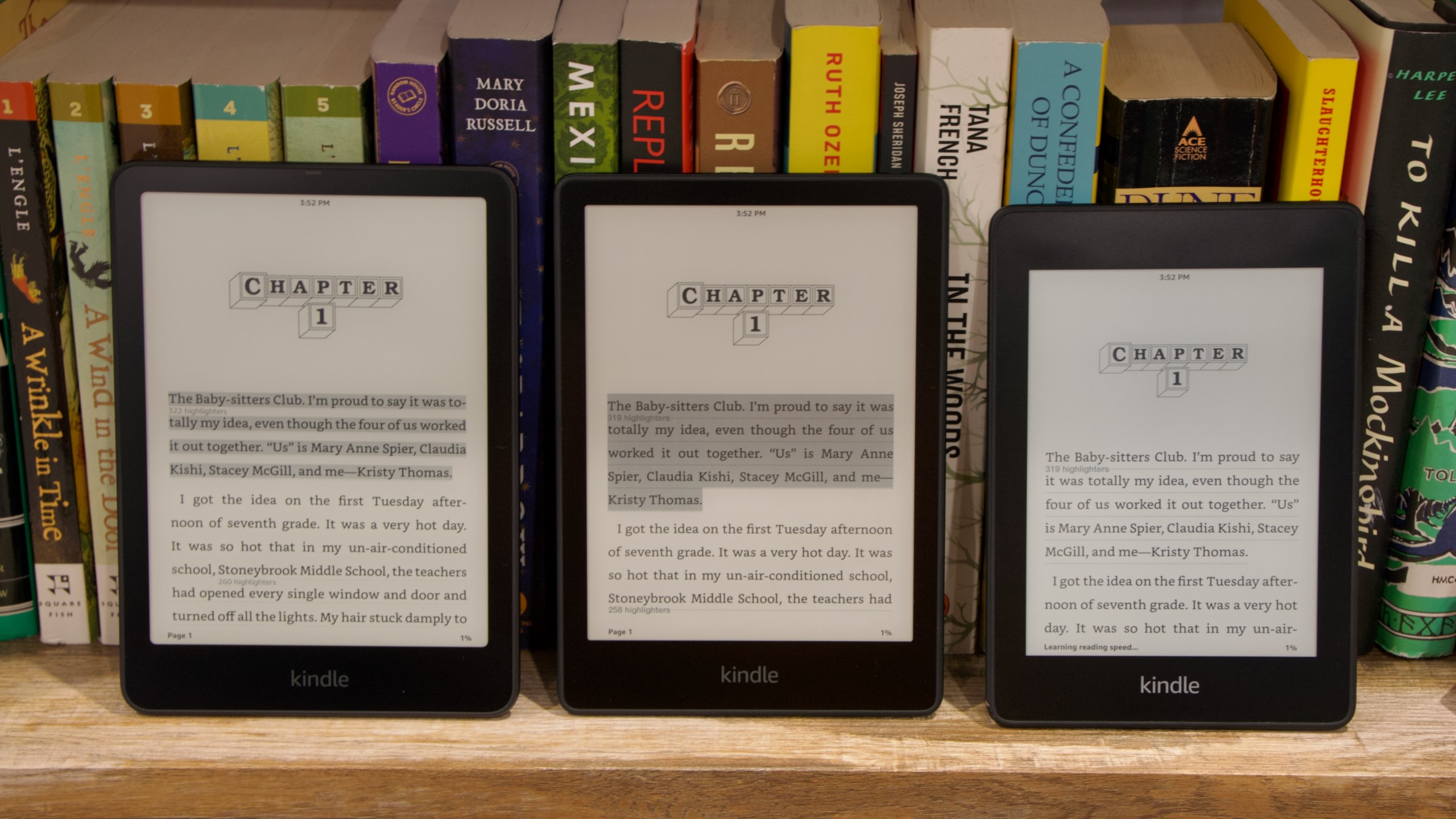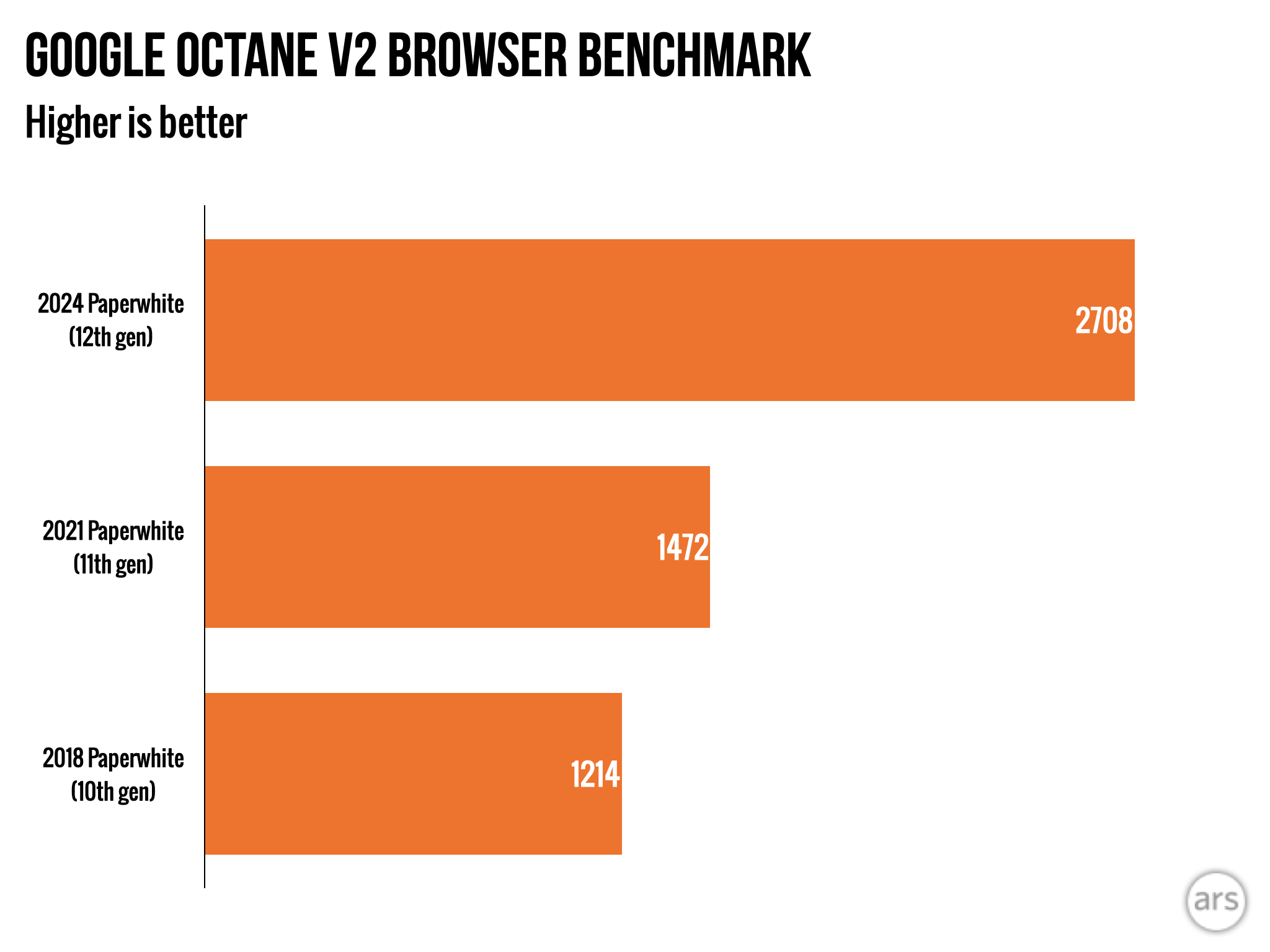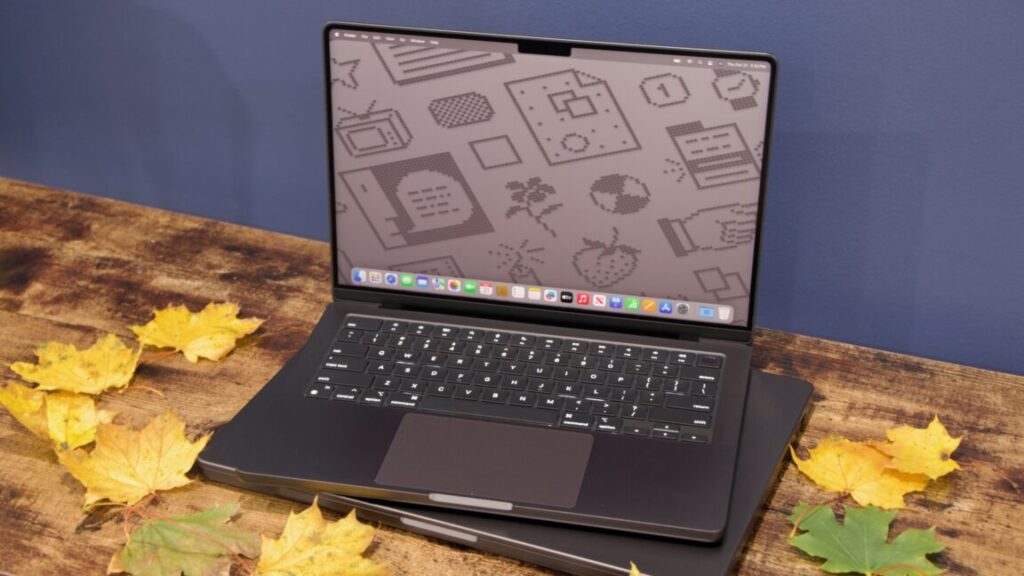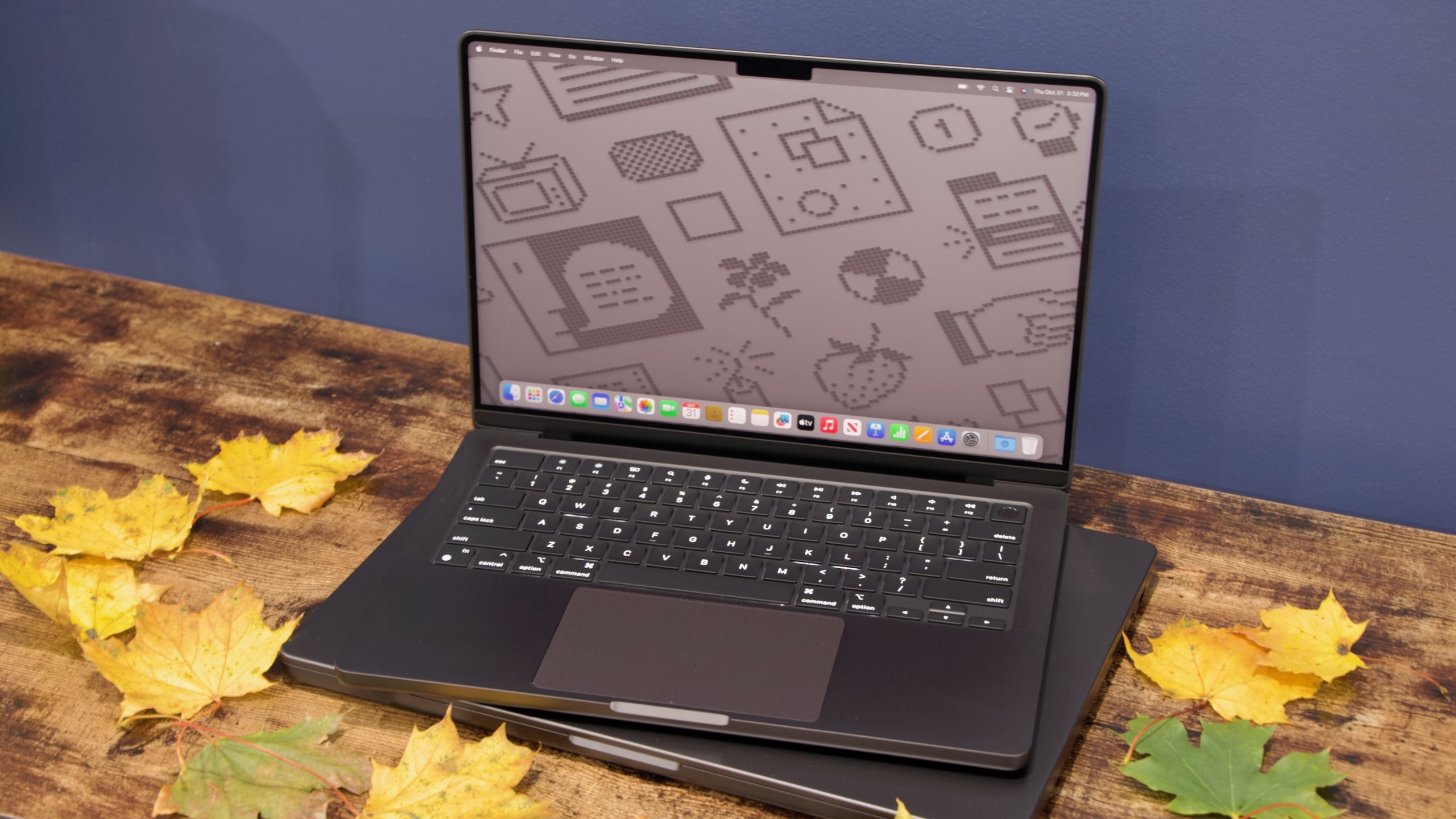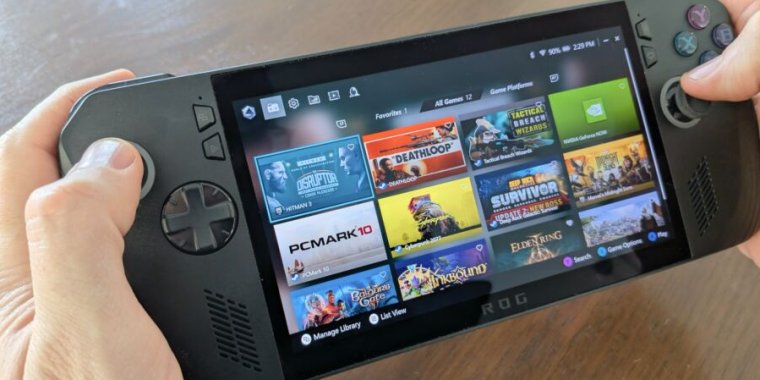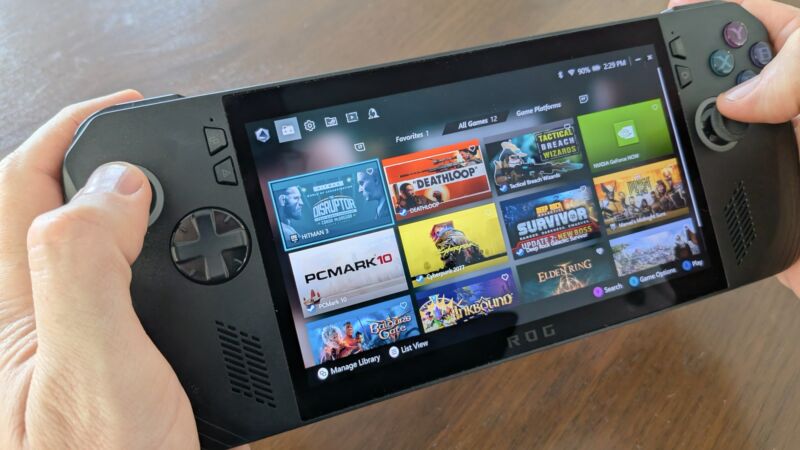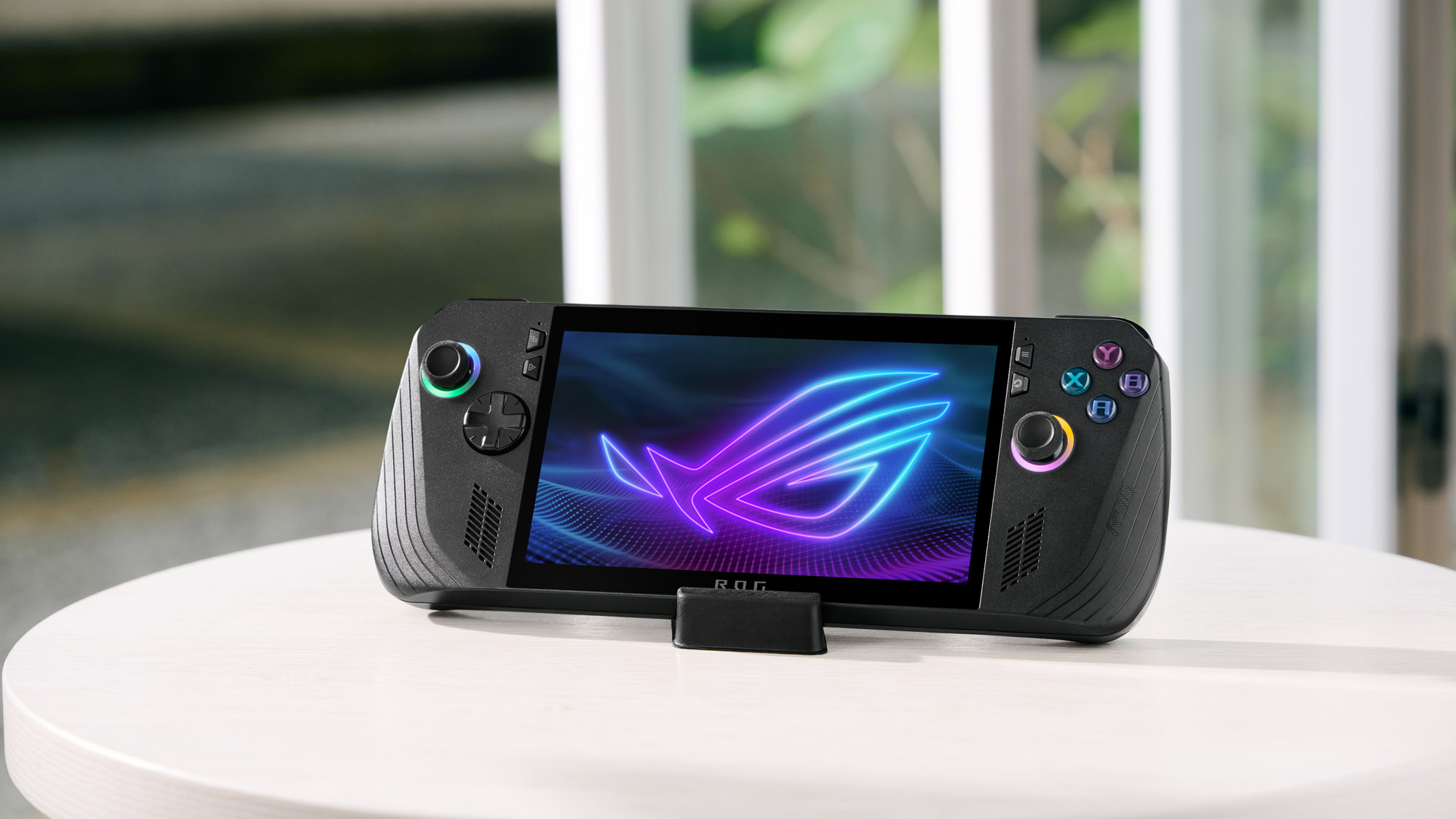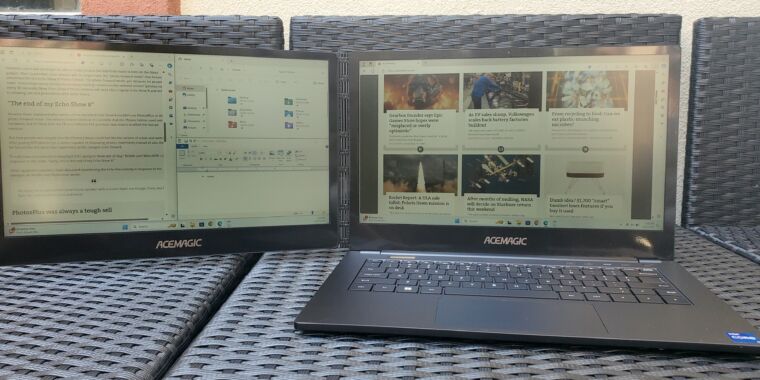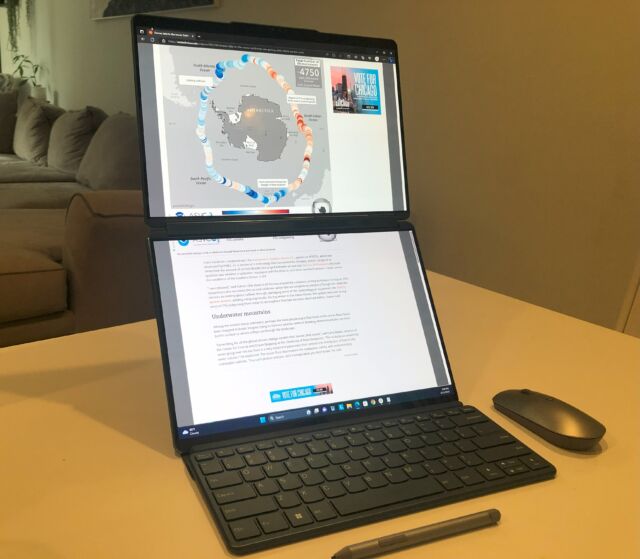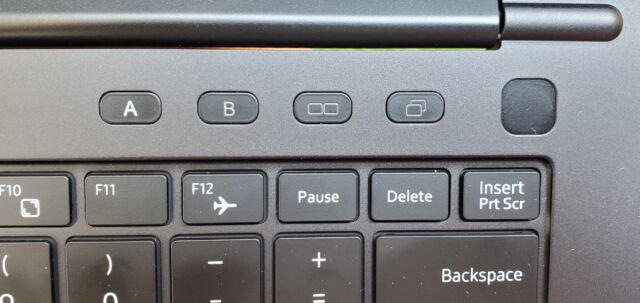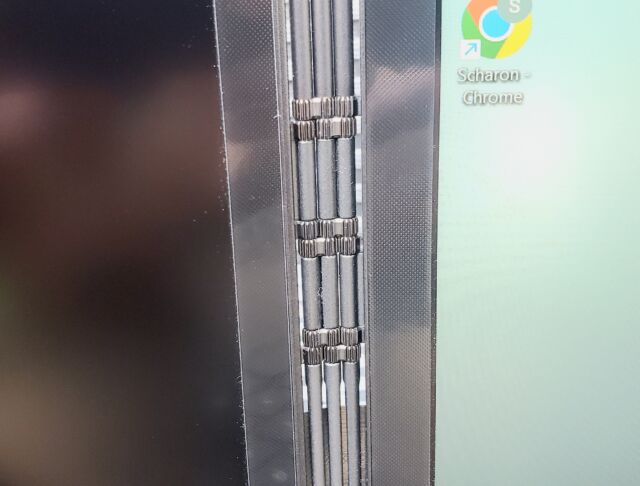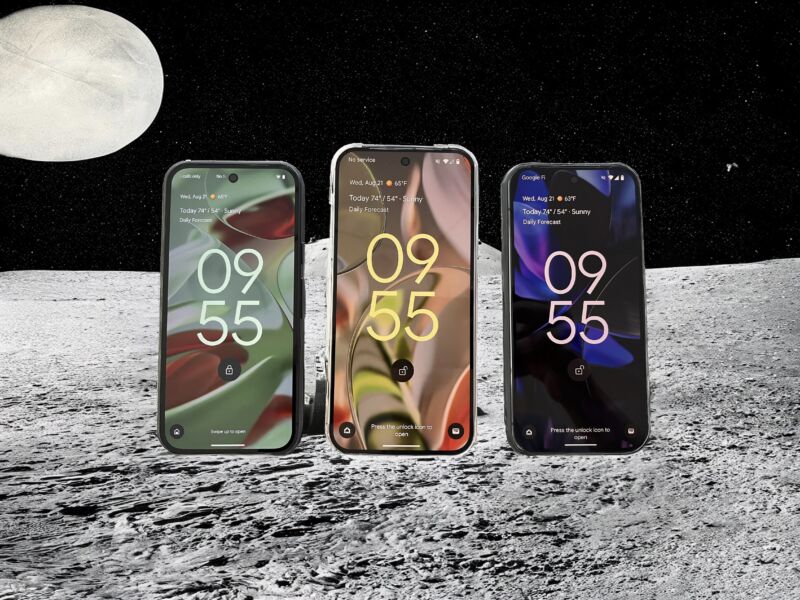iPhone 16e review: The most expensive cheap iPhone yet
For a long time, the cheapest iPhones were basically just iPhones that were older than the current flagship, but last week’s release of the $600 iPhone 16e marks a big change in how Apple is approaching its lineup.
Rather than a repackaging of an old iPhone, the 16e is the latest main iPhone—that is, the iPhone 16—with a bunch of stuff stripped away.
There are several potential advantages to this change. In theory, it allows Apple to support its lower-end offerings for longer with software updates, and it gives entry-level buyers access to more current technologies and features. It also simplifies the marketplace of accessories and the like.
There’s bad news, too, though: Since it replaces the much cheaper iPhone SE in Apple’s lineup, the iPhone 16e significantly raises the financial barrier to entry for iOS (the SE started at $430).
We spent a few days trying out the 16e and found that it’s a good phone—it’s just too bad it’s a little more expensive than the entry-level iPhone should ideally be. In many ways, this phone solves more problems for Apple than it does for consumers. Let’s explore why.
Table of Contents
A beastly processor for an entry-level phone
Like the 16, the 16e has Apple’s A18 chip, the most recent in the made-for-iPhone line of Apple-designed chips. There’s only one notable difference: This variation of the A18 has just four GPU cores instead of five. That will show up in benchmarks and in a handful of 3D games, but it shouldn’t make too much of a difference for most people.
It’s a significant step up over the A15 found in the final 2022 refresh of the iPhone SE, enabling a handful of new features like AAA games and Apple Intelligence.
The A18’s inclusion is good for both Apple and the consumer; Apple gets to establish a new, higher baseline of performance when developing new features for current and future handsets, and consumers likely get many more years of software updates than they’d get on the older chip.
The key example of a feature enabled by the A18 that Apple would probably like us all to talk about the most is Apple Intelligence, a suite of features utilizing generative AI to solve some user problems or enable new capabilities across iOS. By enabling these for the cheapest iPhone, Apple is making its messaging around Apple Intelligence a lot easier; it no longer needs to put effort into clarifying that you can use X feature with this new iPhone but not that one.
We’ve written a lot about Apple Intelligence already, but here’s the gist: There are some useful features here in theory, but Apple’s models are clearly a bit behind the cutting edge, and results for things like notifications summaries or writing tools are pretty mixed. It’s fun to generate original emojis, though!
The iPhone 16e can even use Visual Intelligence, which actually is handy sometimes. On my iPhone 16 Pro Max, I can point the rear camera at an object and press the camera button a certain way to get information about it.
I wouldn’t have expected the 16e to support this, but it does, via the Action Button (which was first introduced in the iPhone 15 Pro). This is a reprogrammable button that can perform a variety of functions, albeit just one at a time. Visual Intelligence is one of the options here, which is pretty cool, even though it’s not essential.
The screen is the biggest upgrade over the SE
Also like the 16, the 16e has a 6.1-inch display. The resolution’s a bit different, though; it’s 2,532 by 1,170 pixels instead of 2,556 by 1,179. It also has a notch instead of the Dynamic Island seen in the 16. All this makes the iPhone 16e’s display seem like a very close match to the one seen in 2022’s iPhone 14—in fact, it might literally be the same display.
I really missed the Dynamic Island while using the iPhone 16e—it’s one of my favorite new features added to the iPhone in recent years, as it consolidates what was previously a mess of notification schemes in iOS. Plus, it’s nice to see things like Uber and DoorDash ETAs and sports scores at a glance.
The main problem with losing the Dynamic Island is that we’re back to the old minor mess of notifications approaches, and I guess Apple has to keep supporting the old ways for a while yet. That genuinely surprises me; I would have thought Apple would want to unify notifications and activities with the Dynamic Island just like the A18 allows the standardization of other features.
This seems to indicate that the Dynamic Island is a fair bit more expensive to include than the good old camera notch flagship iPhones had been rocking since 2017’s iPhone X.
That compromise aside, the display on the iPhone 16e is ridiculously good for a phone at this price point, and it makes the old iPhone SE’s small LCD display look like it’s from another eon entirely by comparison. It gets brighter for both HDR content and sunny-day operation; the blacks are inky and deep, and the contrast and colors are outstanding.
It’s the best thing about the iPhone 16e, even if it isn’t quite as refined as the screens in Apple’s current flagships. Most people would never notice the difference between the screens in the 16e and the iPhone 16 Pro, though.
There is one other screen feature I miss from the higher-end iPhones you can buy in 2025: Those phones can drop the display all the way down to 1 nit, which is awesome for using the phone late at night in bed without disturbing a sleeping partner. Like earlier iPhones, the 16e can only get so dark.
It gets quite bright, though; Apple claims it typically reaches 800 nits in peak brightness but that it can stretch to 1200 when viewing certain HDR photos and videos. That means it gets about twice as bright as the SE did.
Connectivity is key
The iPhone 16e supports the core suite of connectivity options found in modern phones. There’s Wi-Fi 6, Bluetooth 5.3, and Apple’s usual limited implementation of NFC.
There are three new things of note here, though, and they’re good, neutral, and bad, respectively.
USB-C
Let’s start with the good. We’ve moved from Apple’s proprietary Lightning port found in older iPhones (including the final iPhone SE) toward USB-C, now a near-universal standard on mobile devices. It allows faster charging and more standardized charging cable support.
Sure, it’s a bummer to start over if you’ve spent years buying Lightning accessories, but it’s absolutely worth it in the long run. This change means that the entire iPhone line has now abandoned Lightning, so all iPhones and Android phones will have the same main port for years to come. Finally!
The finality of this shift solves a few problems for Apple: It greatly simplifies the accessory landscape and allows the company to move toward producing a smaller range of cables.
Satellite connectivity
Recent flagship iPhones have gradually added a small suite of features that utilize satellite connectivity to make life a little easier and safer.
Among those is crash detection and roadside assistance. The former will use the sensors in the phone to detect if you’ve been in a car crash and contact help, and roadside assistance allows you to text for help when you’re outside of cellular reception in the US and UK.
There are also Emergency SOS and Find My via satellite, which let you communicate with emergency responders from remote places and allow you to be found.
Along with a more general feature that allows Messages via satellite, these features can greatly expand your options if you’re somewhere remote, though they’re not as easy to use and responsive as using the regular cellular network.
Where’s MagSafe?
I don’t expect the 16e to have all the same features as the 16, which is $200 more expensive. In fact, it has more modern features than I think most of its target audience needs (more on that later). That said, there’s one notable omission that makes no sense to me at all.
The 16e does not support MagSafe, a standard for connecting accessories to the back of the device magnetically, often while allowing wireless charging via the Qi standard.
Qi wireless charging is still supported, albeit at a slow 7.5 W, but there are no magnets, meaning a lot of existing MagSafe accessories are a lot less useful with this phone, if they’re usable at all. To be fair, the SE didn’t support MagSafe either, but every new iPhone design since the iPhone 12 way back in 2020 has—and not just the premium flagships.
It’s not like the MagSafe accessory ecosystem was some bottomless well of innovation, but that magnetic alignment is handier than you might think, whether we’re talking about making sure the phone locks into place for the fastest wireless charging speeds or hanging the phone on a car dashboard to use GPS on the go.
It’s one of those things where folks coming from much older iPhones may not care because they don’t know what they’re missing, but it could be annoying in households with multiple generations of iPhones, and it just doesn’t make any sense.
Most of Apple’s choices in the 16e seem to serve the goal of unifying the whole iPhone lineup to simplify the message for consumers and make things easier for Apple to manage efficiently, but the dropping of MagSafe is bizarre.
It almost makes me think that Apple might plan to drop MagSafe from future flagship iPhones, too, and go toward something new, just because that’s the only explanation I can think of. That otherwise seems unlikely to me right now, but I guess we’ll see.
The first Apple-designed cellular modem
We’ve been seeing rumors that Apple planned to drop third-party modems from companies like Qualcomm for years. As far back as 2018, Apple was poaching Qualcomm employees in an adjacent office in San Diego. In 2020, Apple SVP Johny Srouji announced to employees that work had begun.
It sounds like development has been challenging, but the first Apple-designed modem has arrived here in the 16e of all places. Dubbed the C1, it’s… perfectly adequate. It’s about as fast or maybe just a smidge slower than what you get in the flagship phones, but almost no user would notice any difference at all.
That’s really a win for Apple, which has struggled with a tumultuous relationship with its partners here for years and which has long run into space problems in its phones in part because the third-party modems weren’t compact enough.
This change may not matter much for the consumer beyond freeing up just a tiny bit of space for a slightly larger battery, but it’s another step in Apple’s long journey to ultimately and fully control every component in the iPhone that it possibly can.
Bigger is better for batteries
There is one area where the 16e is actually superior to the 16, much less the SE: battery life. The 16e reportedly has a 3,961 mAh battery, the largest in any of the many iPhones with roughly this size screen. Apple says it offers up to 26 hours of video playback, which is the kind of number you expect to see in a much larger flagship phone.
I charged this phone three times in just under a week with it, though I wasn’t heavily hitting 5G networks, playing many 3D games, or cranking the brightness way up all the time while using it.
That’s a bit of a bump over the 16, but it’s a massive leap over the SE, which promised a measly 15 hours of video playback. Every single phone in Apple’s lineup now has excellent battery life by any standard.
Quality over quantity in the camera system
The 16E’s camera system leaves the SE in the dust, but it’s no match for the robust system found in the iPhone 16. Regardless, it’s way better than you’d typically expect from a phone at this price.
Like the 16, the 16e has a 48 MP “Fusion” wide-angle rear camera. It typically doesn’t take photos at 48 MP (though you can do that while compromising color detail). Rather, 24 MP is the target. The 48 MP camera enables 2x zoom that is nearly visually indistinguishable from optical zoom.
Based on both the specs and photo comparisons, the main camera sensor in the 16e appears to me to be exactly the same as that one found in the 16. We’re just missing the ultra-wide lens (which allows more zoomed-out photos, ideal for groups of people in small spaces, for example) and several extra features like advanced image stabilization, the newest Photographic Styles, and macro photography.
The iPhone 16e takes excellent photos in bright conditions. Samuel Axon
That’s a lot of missing features, sure, but it’s wild how good this camera is for this price point. Even something like the Pixel 8a can’t touch it (though to be fair, the Pixel 8a is $100 cheaper).
Video capture is a similar situation: The 16e shoots at the same resolutions and framerates as the 16, but it lacks a few specialized features like Cinematic and Action modes. There’s also a front-facing camera with the TrueDepth sensor for Face ID in that notch, and it has comparable specs to the front-facing cameras we’ve seen in a couple of years of iPhones at this point.
If you were buying a phone for the cameras, this wouldn’t be the one for you. It’s absolutely worth paying another $200 for the iPhone 16 (or even just $100 for the iPhone 15 for the ultra-wide lens for 0.5x zoom; the 15 is still available in the Apple Store) if that’s your priority.
The iPhone 16’s macro mode isn’t available here, so ultra-close-ups look fuzzy. Samuel Axon
But for the 16e’s target consumer (mostly folks with the iPhone 11 or older or an iPhone SE, who just want the cheapest functional iPhone they can get) it’s almost overkill. I’m not complaining, though it’s a contributing factor to the phone’s cost compared to entry-level Android phones and Apple’s old iPhone SE.
RIP small phones, once and for all
In one fell swoop, the iPhone 16e’s replacement of the iPhone SE eliminates a whole range of legacy technologies that have held on at the lower end of the iPhone lineup for years. Gone are Touch ID, the home button, LCD displays, and Lightning ports—they’re replaced by Face ID, swipe gestures, OLED, and USB-C.
Newer iPhones have had most of those things for quite some time. The latest feature was USB-C, which came in 2023’s iPhone 15. The removal of the SE from the lineup catches the bottom end of the iPhone up with the top in these respects.
That said, the SE had maintained one positive differentiator, too: It was small enough to be used one-handed by almost anyone. With the end of the SE and the release of the 16e, the one-handed iPhone is well and truly dead. Of course, most people have been clear they want big screens and batteries above almost all else, so the writing had been on the wall for a while for smaller phones.
The death of the iPhone SE ushers in a new era for the iPhone with bigger and better features—but also bigger price tags.
A more expensive cheap phone
Assessing the iPhone 16e is a challenge. It’s objectively a good phone—good enough for the vast majority of people. It has a nearly top-tier screen (though it clocks in at 60Hz, while some Android phones close to this price point manage 120Hz), a camera system that delivers on quality even if it lacks special features seen in flagships, strong connectivity, and performance far above what you’d expect at this price.
If you don’t care about extra camera features or nice-to-haves like MagSafe or the Dynamic Island, it’s easy to recommend saving a couple hundred bucks compared to the iPhone 16.
The chief criticism I have that relates to the 16e has less to do with the phone itself than Apple’s overall lineup. The iPhone SE retailed for $430, nearly half the price of the 16. By making the 16e the new bottom of the lineup, Apple has significantly raised the financial barrier to entry for iOS.
Now, it’s worth mentioning that a pretty big swath of the target market for the 16e will buy it subsidized through a carrier, so they might not pay that much up front. I always recommend buying a phone directly if you can, though, as carrier subsidization deals are usually worse for the consumer.
The 16e’s price might push more people to go for the subsidy. Plus, it’s just more phone than some people need. For example, I love a high-quality OLED display for watching movies, but I don’t think the typical iPhone SE customer was ever going to care about that.
That’s why I believe the iPhone 16e solves more problems for Apple than it does for the consumer. In multiple ways, it allows Apple to streamline production, software support, and marketing messaging. It also drives up the average price per unit across the whole iPhone line and will probably encourage some people who would have spent $430 to spend $600 instead, possibly improving revenue. All told, it’s a no-brainer for Apple.
It’s just a mixed bag for the sort of no-frills consumer who wants a minimum viable phone and who for one reason or another didn’t want to go the Android route. The iPhone 16e is definitely a good phone—I just wish there were more options for that consumer.
The good
- Dramatically improved display than the iPhone SE
- Likely stronger long-term software support than most previous entry-level iPhones
- Good battery life and incredibly good performance for this price point
- A high-quality camera, especially for the price
The bad
- No ultra-wide camera
- No MagSafe
- No Dynamic Island
The ugly
- Significantly raises the entry price point for buying an iPhone
Samuel Axon is a senior editor at Ars Technica. He covers Apple, software development, gaming, AI, entertainment, and mixed reality. He has been writing about gaming and technology for nearly two decades at Engadget, PC World, Mashable, Vice, Polygon, Wired, and others. He previously ran a marketing and PR agency in the gaming industry, led editorial for the TV network CBS, and worked on social media marketing strategy for Samsung Mobile at the creative agency SPCSHP. He also is an independent software and game developer for iOS, Windows, and other platforms, and he is a graduate of DePaul University, where he studied interactive media and software development.
iPhone 16e review: The most expensive cheap iPhone yet Read More »
